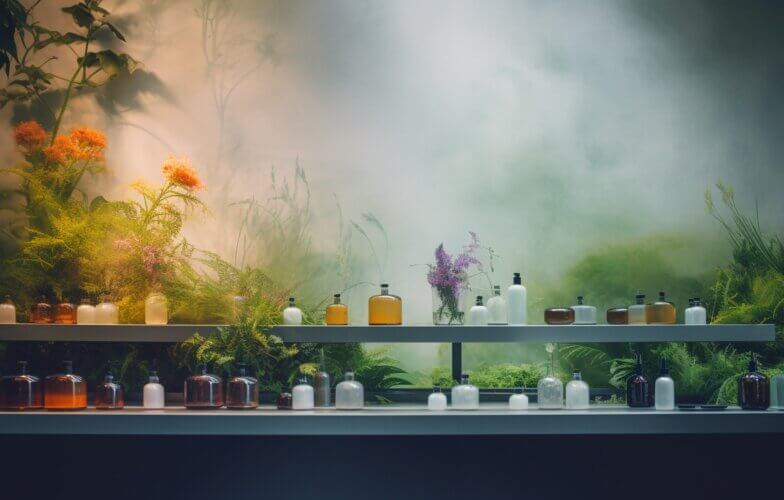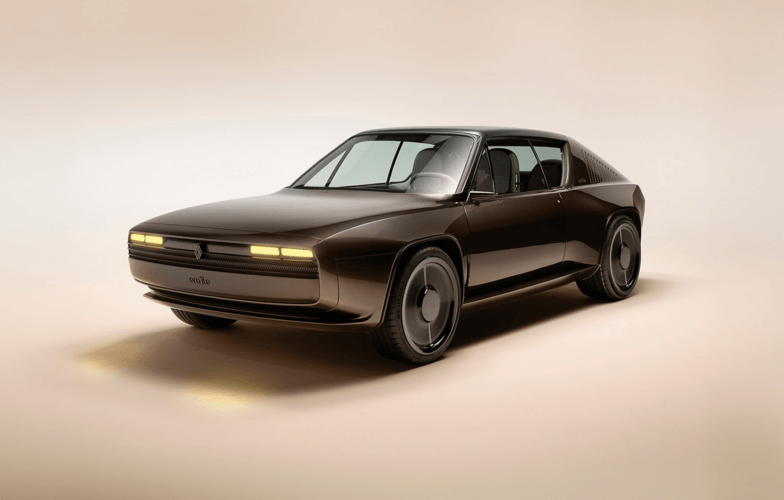
Twist in my Sobriety
DecodingsWhen the sun goes down over the yardarm, it’s time for liquid refreshment in good company! Today, many a drinks cart is featuring no-alcohol or low-alcohol (NoLo) beverages, a trend oriented towards creative flavor combinations.
According to the independent drinks accelerator Distill Ventures, 61% of Anglo-Saxon consumers would like more choice when it comes to alcohol-free beverages. Last year, this company’s “sober is the new cool” attitude meshed with the lifestyle of Millennials, increasingly conscious of the adverse effects of sugar and alcohol on their health.
While the United Kingdom initially led the way in providing alternatives, the new vision of the aperitif has now spread far and wide (e.g. the United States, Denmark and Israel), giving rise to specialized shops, online brands and new offerings in the food service sector.
More sophisticated flavors, less alcohol
The first wave of offerings from online liquor purveyors includes an array of tempting propositions. For instance, the Californian brand Haus has set out to persuade consumers that NoLo and sugar-free is the way to go, exhorting them to “raise a glass to something better”. This positioning is a far cry from the conventions and culture of the French apéritif and the usual scenarios involving alcoholic beverages. It advocates a new kind of drinks ritual, a moment in the day set aside for slowing down and taking time to actually listen to each other.
In the United Kingdom, this concept is emerging even more strongly. The London Eater writes that “there’s no law stating an abstinent evening must be dry” while both Everleaf and Aecorn Aperitifs offer heavily marketed alternatives to a public that is beginning to disassociate the notions of alcohol and having a good time. Their ingredients include extracts of vanilla, saffron, gentian, iris and orange blossom, as well as more complex notes of sage, chamomile and quassia, to be mixed with sparkling water.
In Denmark, Empirical Spirits is taking this trend farther upscale, announcing that it is a flavor company bringing innovative tastes to the spirits segment. It is exploring new ingredients (e.g. rhubarb, jasmine and koji) and claiming a more responsible approach to alcohol. Its Minor Threat range features surprising tastes and a moderate alcohol content (8%).
Cover / Haus (Californie)



